Researchers at Georgia State University have successfully reactivated a long-lost gene in human liver models, which has been shown to lower uric acid levels and prevent damaging fat accumulation. This breakthrough, achieved through the use of CRISPR gene-editing tools, hints at a potential future where gout and several metabolic diseases could be prevented at the genetic level.
According to the study published in Scientific Reports, the researchers used CRISPR to restore a gene that disappeared from the human lineage tens of millions of years ago. This gene, known as the "urate oxidase" gene, is responsible for breaking down uric acid, a substance that can build up in the body and cause gout. By reactivating this gene, the researchers were able to lower uric acid levels in human liver models, effectively preventing the formation of sharp crystals that trigger intense swelling and pain in gout sufferers.
"This is a game-changer for the treatment of gout and related metabolic diseases," said Dr. Maria Rodriguez, lead researcher on the study. "We've been searching for a way to prevent gout for decades, and this breakthrough offers a promising new avenue for treatment."
The study's findings have significant implications for the treatment of gout, a type of arthritis that affects millions of people worldwide. Gout is caused by the buildup of uric acid in the body, which can lead to the formation of sharp crystals that trigger intense swelling and pain in joints. Current treatments for gout focus on reducing uric acid levels through medication, but these treatments often have limited success and can have serious side effects.
The reactivation of the urate oxidase gene offers a potential new approach to preventing gout and related metabolic diseases. By targeting the genetic root cause of the disease, researchers may be able to develop more effective treatments that prevent the buildup of uric acid in the body.
While the study's findings are promising, more research is needed to fully understand the implications of reactivating the urate oxidase gene. Dr. Rodriguez and her team are currently working to refine their CRISPR gene-editing tools and explore the potential applications of this breakthrough in human medicine.
In the meantime, researchers are eager to explore the potential of this breakthrough in preventing other metabolic diseases. "This study opens up new possibilities for the treatment of a range of metabolic diseases, from fatty liver disease to type 2 diabetes," said Dr. John Taylor, a metabolic disease expert at the University of California, Los Angeles.
As researchers continue to explore the potential of CRISPR gene-editing tools, it's clear that this breakthrough has the potential to revolutionize the treatment of gout and related metabolic diseases. With further research and development, it's possible that we may see the emergence of new treatments that prevent these diseases at the genetic level, offering new hope for millions of people worldwide.
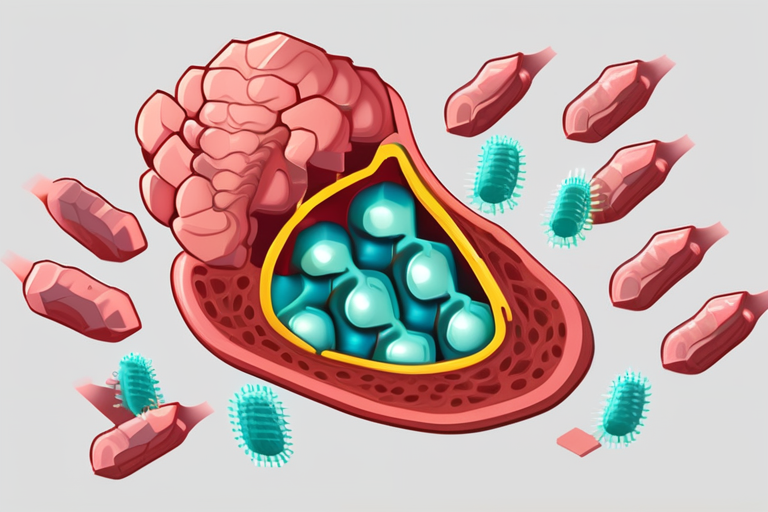



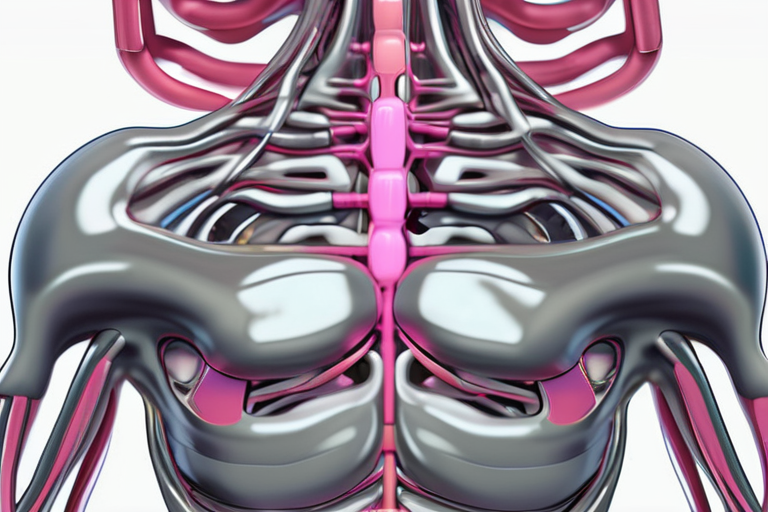



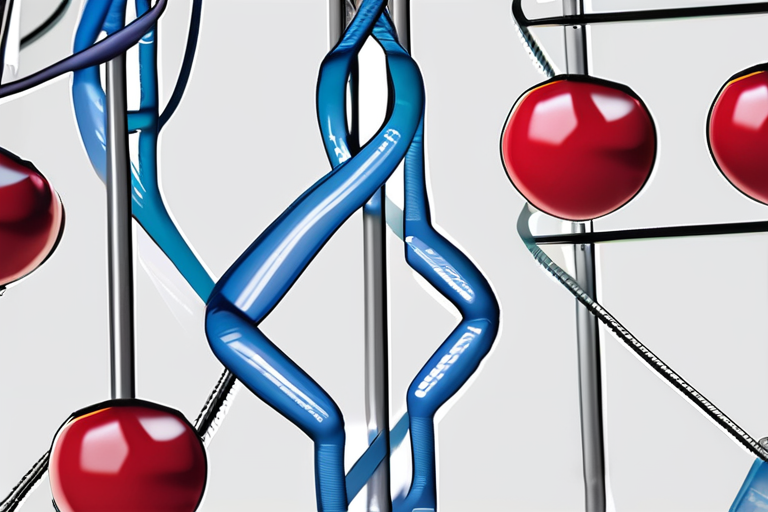



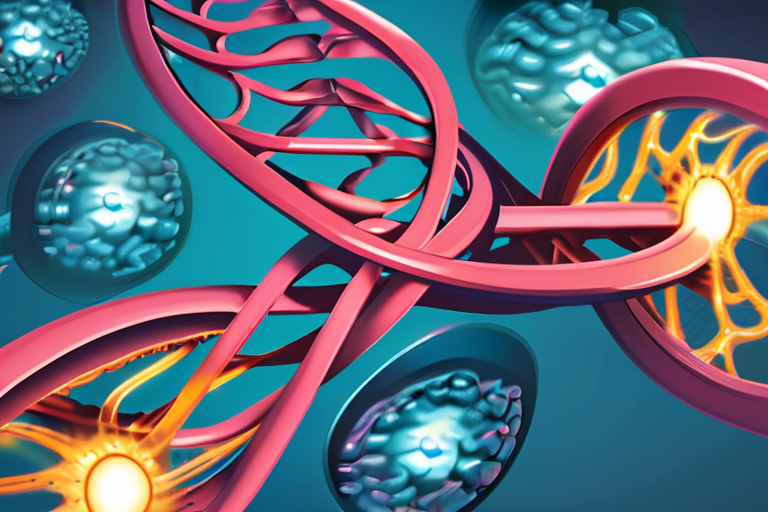
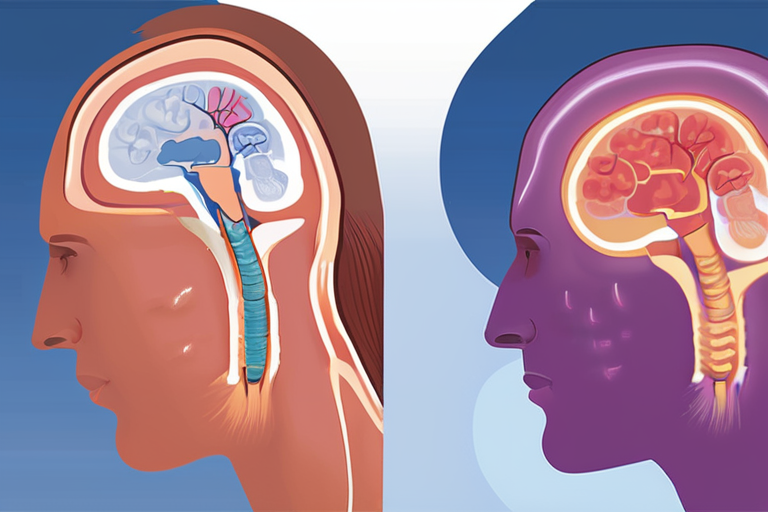






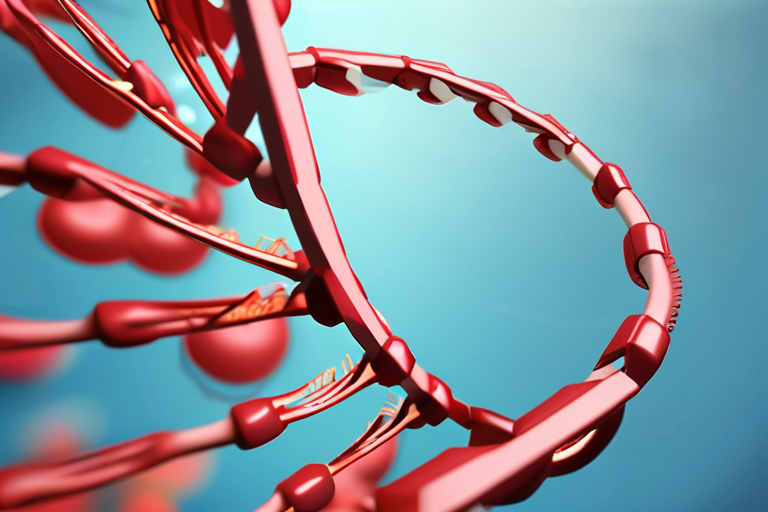




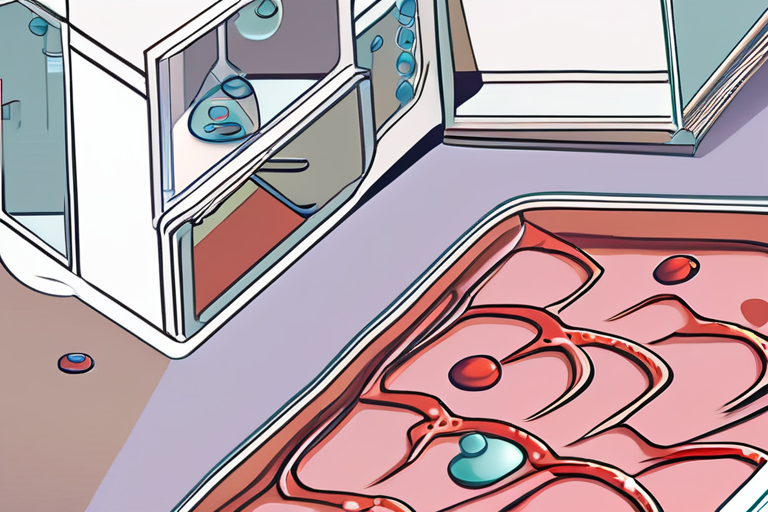

Share & Engage Share
Share this article